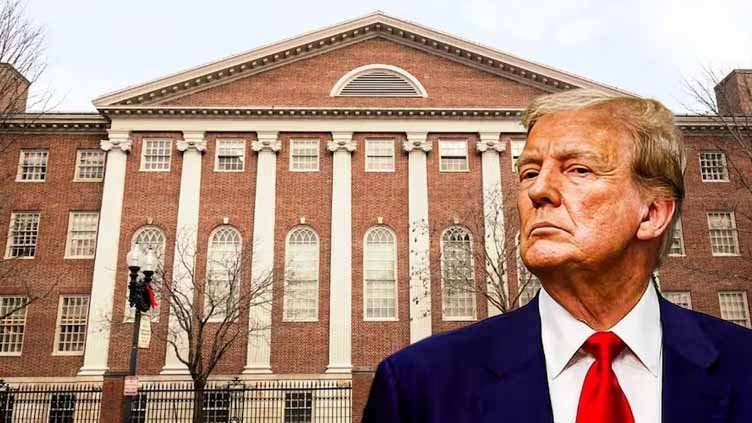US-Japan Strike: Trump Secures Landmark Trade Deal to Cut Tariffs and Boost Exports
In a major development, former US President Donald Trump has announced a sweeping trade agreement with Japan, calling it a “massive” US-Japan strike that redefines economic cooperation between the two countries. The deal cuts tariffs by a lot and gives American businesses in agriculture, energy, and car exports new chances.
Trump Hails Historic Agreement with $550 Billion Investment Promise
Trump called the deal “perhaps the largest Deal ever made” on his social media site Truth Social. He pointed out that Japan promised to invest $550 billion in the US. He stressed that 90% of the profits from this investment would go to the US, saying that “there has never been anything like it.”
As part of the agreement, Japan will reduce tariffs on automobile exports to the US to 15%, a sharp drop from the previously threatened 25% rate. Meanwhile, US exporters will gain expanded access to Japanese markets, particularly in rice, liquified natural gas (LNG), and other agricultural products.
Energy and Automobile Sectors at the Core of US-Japan Strike
Energy cooperation is one of the most important parts of the US-Japan strike. Trump said that the US and Japan would work together to look into Alaska’s LNG reserves. He told members of Congress that “it’s a great deal for everyone,” and he compared it to what he called “unfair deals of the past.”
The agreement is expected to greatly benefit both countries’ auto industries. Japanese stocks surged following the announcement—Mazda saw a 17% rise, while Toyota, Honda, and Nissan all gained between 8% and 12%. The Nikkei 225 index also rose by nearly 3%.
Japan Responds Cautiously but Optimistically
Shigeru Ishiba, the Prime Minister of Japan, said that Japan would carefully look over the terms of the agreement. “The direction is promising,” Ishiba said, meaning that the deal is good for Japan’s economy even though there are political problems at home.
Global Impact and Market Reaction
Trade analysts offered mixed reactions, noting that although 15% tariffs are lower than expected, questions remain regarding exemptions from Section 232 tariffs on steel and semiconductors. US Treasury Secretary Scott Bessent called it a “historic agreement,” projecting a new era in US-Japan relations.
With trade between the two nations totaling over $225 billion in 2024, the US-Japan strike could mark a turning point in global trade, signaling both cooperation and strategic realignment in the Asia-Pacific region.











